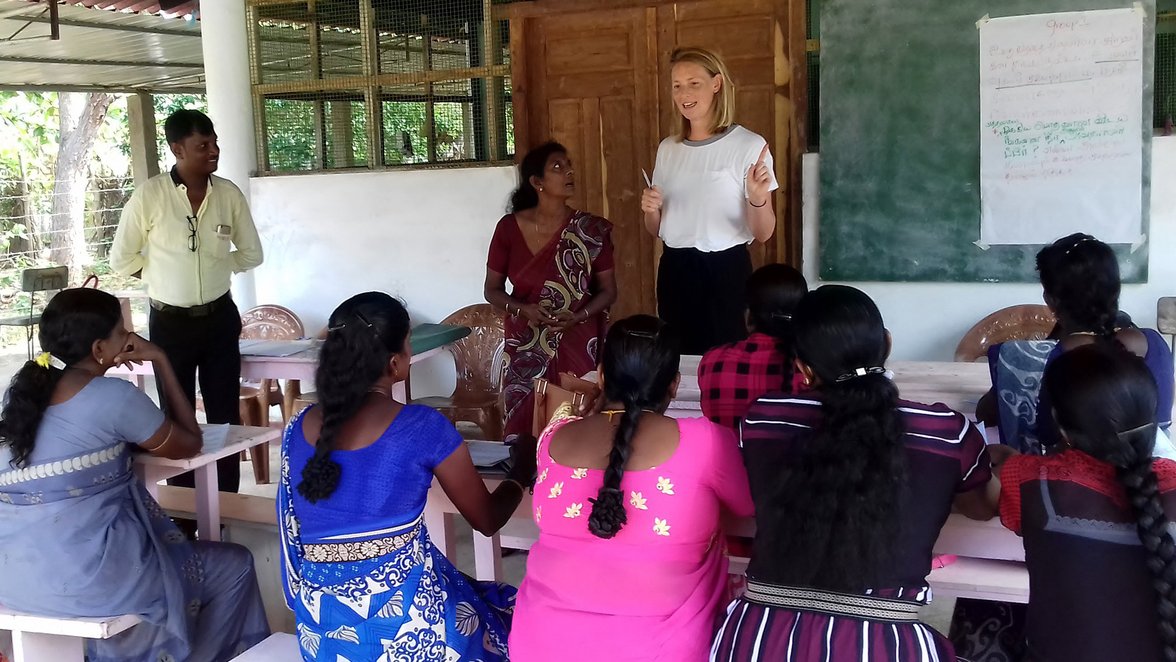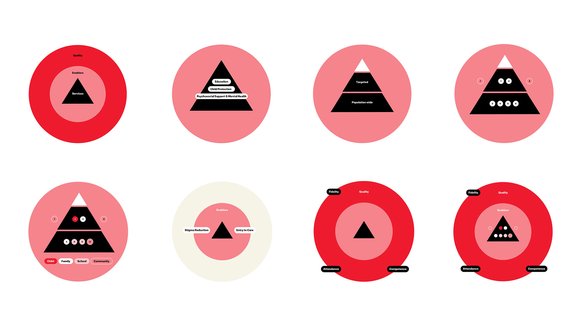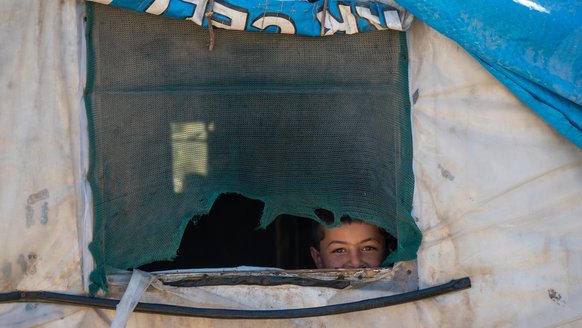Proactive Detection: Reaching Children and Families in Need of Mental Health Care
Aug. 10, 2020

More than half of children (aged 0 to 18) worldwide with mental health issues receive no support for their needs - and across their lifespan access to mental health care is lowest amongst this vulnerable population [1, 2]. Considering that mental disorders represent a major cause of disability in adolescents [3], this treatment gap presents a crucial challenge - not only for the adaptive development of these individuals but also for their families and societies.
In low- and middle-income countries - as well as for minorities - access is particularly impeded [1, 4]. The safety and wellbeing of some 149 million children is under acute threat because they live in countries affected by armed conflict [5]. These children are especially prone to increased mental distress, including experiencing feelings of anxiety, depression and suicide [6]. However, with a scarcity of basic resources and needs (food, water, shelter, education etc.), providing and receiving sufficient support for these conditions is even more challenging.
Even if mental health services are available, they often go underutilised. In this regard, it is important to develop strategies to overcome demand-side barriers that complement supply-side efforts to increase the availability of services - in order to increase utilisation of adequate and available services.
What access to mental health services entails
Access to healthcare refers to “the opportunity to reach and obtain appropriate healthcare services in situations of perceived need for care” [7]. This is determined both by the interaction between several demand abilities of the individual, i.e. perceptions about mental health services or awareness about the availability of these, and the opportunities provided by the supply side, i.e. approachability, availability and affordability of services. Common barriers across these various levels are the lack of mental health literacy, stigma or an insufficient system [8].
With the ultimate goal of reaching and utilising professional services (i.e. formal help-seeking), the first and crucial step towards accessing mental healthcare is detection by one's self or others and the awareness of problems that may require help. Support from informal sources, including family or caregivers, is also important for children and youth [8].
Methods and strategies used to tackle the aforementioned demand-side barriers - and thereby increase utilization of mental healthcare services - include mental health literacy initiatives, including addressing negative perceptions and beliefs about mental health conditions and stigma. For improved access to care on a population-wide basis, a two-stage approach has been suggested [8]. Firstly, those in need should be identified from the general population. Secondly, they should then be involved in the healthcare system.
The Community Case Detection Tool (CCDT) [10], a care-enabling component of War Child Holland’s Care System [11] follows such a two-stage approach - and the initial stage has already been successfully developed and evaluated.
Our approach to enabling care and narrowing the treatment gap
Through proactive case detection, the CCDT aims to help members of communities, namely ‘community gatekeepers’ (i.e. outreach workers, community health volunteers, teachers, parents, or other family member), to proactively recognize patterns of behaviour as an indicator of significant mental health needs or child protection risks. Community gatekeepers are trusted and respected individuals who are strongly engaged in the community.
This tool and approach is based on the Community Informant Detection Tool developed for the detection of adult mental health conditions in Nepal. Even though the trained users of the tool do not have a professional mental-health background, when this group is taught to identify people in need of care, aided by a structured tool, it was shown that this group is capable to accurately identify and promote effective help-seeking behaviour [12, 13, 14].
Similar to the adult tool, selected gatekeepers are provided with illustrated, context-sensitive vignettes (currently available in English, Arabic and Tamil) which facilitate the detection of children in need of mental health care services. The narratives show common examples of children with signs indicative of mental health and/or family related problems. These are combined with a simple decision diagram that allows gatekeepers to determine the severity of children and families’ need for support.
Subsequently, community gatekeepers encourage help seeking by connecting those in need to an in-depth assessment and to available services.
What we have learnt about the tool
To ensure the effectiveness of the tool, research has informed its development since the beginning. Qualitative formative work in the occupied Palestinian territory (oPt) and Sri Lanka informed the creation of the illustrated narratives depicting common examples of children experiencing mental distress. An evaluation of the accuracy of proactive case identification done based on the CCDT has been undertaken in school settings in oPt and community settings in Sri Lanka. The research indicated that nearly 70 per cent of detected children were correctly detected and in need of psychological treatment confirmed by a local psychologist.
Yet detection is only the first step on this path. Multiple barriers are faced by caregivers and youth themselves, and there is a lack of studies on interventions effectively increasing utilization of mental health care services for children and adolescents, specifically in LMIC [8]. Therefore, it is crucial to find ways to support them in overcoming barriers, enhance motivation to utilise available services and increase entry to care. Hence, the second part of the research aims to fill this gap by developing and testing a help-seeking encouragement strategy for community gatekeepers using the CCDT to improve utilisation of available mental health services.
Potential to improve utilization of mental health services
Proactive accurate detection is the first, yet essential step in increasing utilisation of adequate mental health services. It allows for simple dissemination and adaptation to the specific context. It is a low-cost solution to using extensive checklists and symptom descriptions by capitalising on people’s almost universal skill: to easily recognize overall patterns of behaviour in others. As the tool facilitates the recognition of specific patterns of behaviours indicative of mental distress or family problems, it has enormous potential to improve utilisation of mental health services in low and middle-income countries. A holistic approach to improved mental health services is long called for.
The Community Case Detection Tool fits within War Child’s Care System [11] enabling access to further interventions under a socio-ecological model. As COVID-19 poses a significant challenge to global health and wellbeing, societies, children, adolescents and families affected by conflict particularly need extra support.

